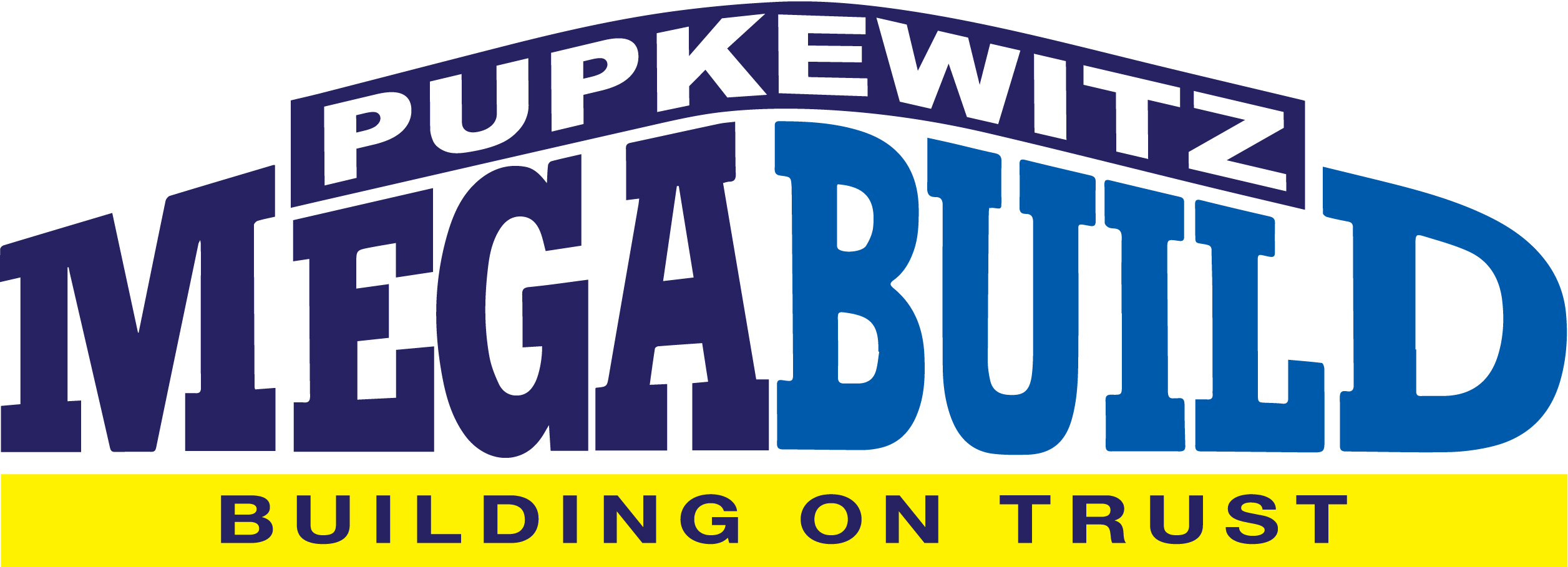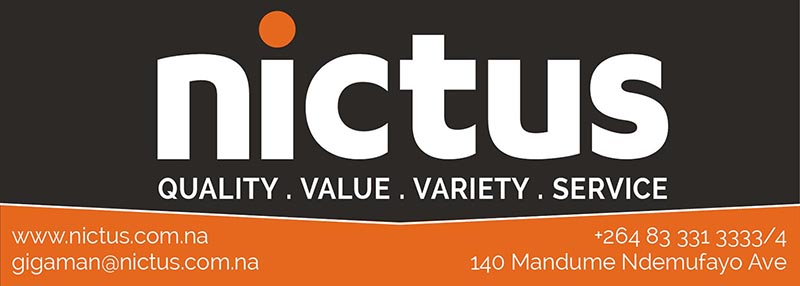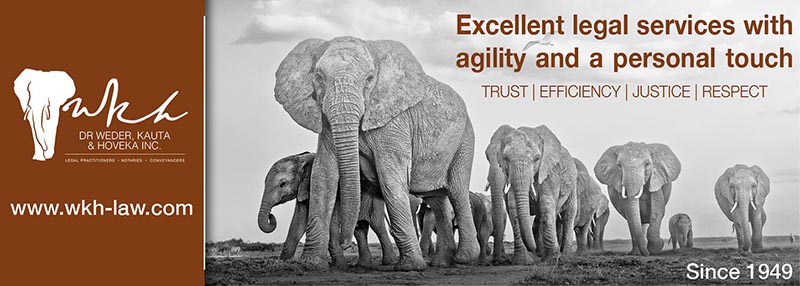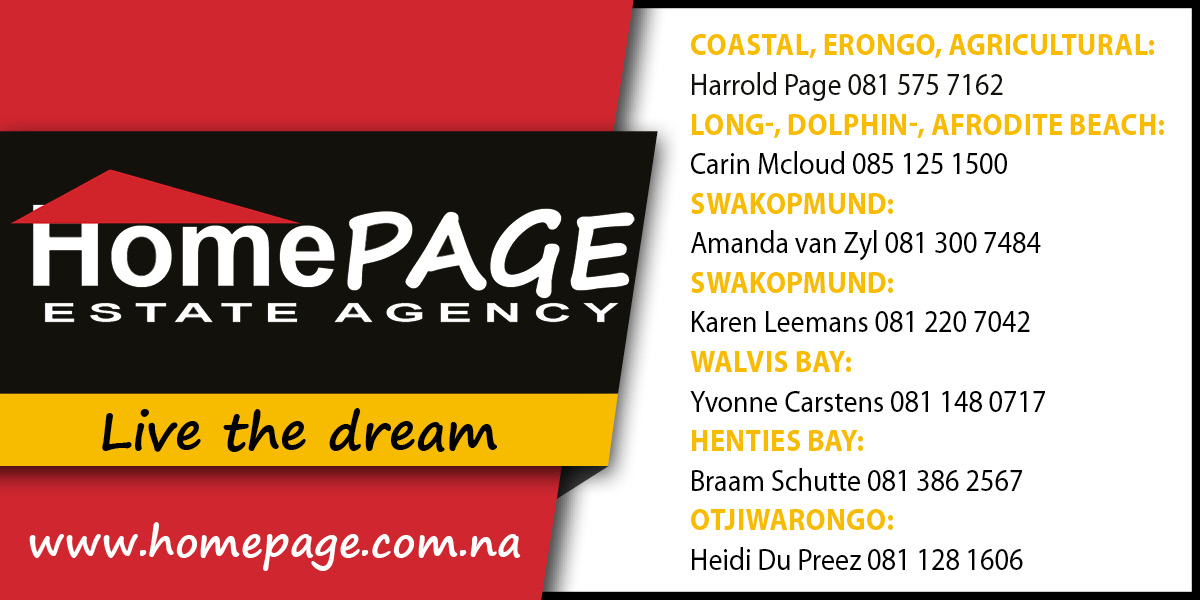Garden Focus - Aug/Sept 2021
Nature living in a natural landscaped garden
Nature living in a natural landscaped garden
How does the theme of Nature Living fit into our modern lifestyles? This has become a popular topic and there is a tendency to move closer to nature through recycling, using natural energy sources, water-saving and using fewer pesticides. Living mindfully in this way contributes to our survival in today’s difficult economic times.The way we live and shape our gardens reflects our desire to incorporate nature into our lifestyle. People exchange the city for nature and its open spaces. Developments in natural settings on the outskirts of cities are flourishing, and natural landscaping and gardening has become essential.
Developers prescribe certain standards of architectural design as well as the types of plants that are permitted, in order to maintain a natural effect. Concerning the indigenous plant species of Namibia, we unfortunately have very few commercially grown options available, and must largely depend on imports of southern African indigenous plants. Our dry climate becomes a challenge with most of these imported plants, yet we do have quite a wide variety of plants to select from.
Typically, natural landscaping would focus on conserving as much as possible of the natural vegetation. When designing and constructing infrastructure, the development teams certainly take into account the existing natural state.The main qualities for consideration when plants are to be selected for such landscaping, would be drought tolerance, as well as hardiness and frost resistance. Plants should also blend into the natural habitat. Beautiful combinations can be made by combining hardy plants with elements like wood stumps, rocks, pebbles, water features, etc. Enjoy browsing your local nursery or the internet in search of plants. Here are some examples to consider in your natural landscaping design:

Trees:
Vachellia (Acacia) species for example V. xanthophloea (Fever tree), V. galpinii (Monkey Thorn), V. burkeii (Black Monkey Thorn), V. sieberiana woodii (Paperbark tree), V. karroo (Sweet Thorn). Searsia (Rhus) such as S. viminalis (White Karee), S. lancea (Black Mountain Karee). Ziziphus micronata (Blink-blaar-wag-‘n-bietjie), Olea europea africana (Wild Olive). Combretum erytrophyllum (River Bush willow), Combretum kraussii (Forest Bushwillow).
Shrubs:
Buddleja saligna (False olive), Dodonea viscosa (Sand olive), Salvia spp. such as S. leucantha, S. africana caurulea, Helichrysum petiolare, Rhagodia hastata (saltbush), Plumbago auriculta (Cape leadwort), Tecomaria capensis (Cape honeysuckle), Barleria obtusa, Polygala spp. (Bloukappie), Carissa spp. (Num-num).
Ground covers:
Gazania spp. and Arctotus spp., Bulbine frutescens, Erigeron karvinskianus, Lampranthus spp. (vygies), Carpobrotus spp. (sour fig), Convolvulus spp. and Plectranthus spp.
Succulents:
Crassula spp., Aloe spp., Portulaca spp., Kalanchoe spp.
Decorative grasses:
Pennisetum purpureum, Miscanthus spp., Cortaderia spp. and Chondropetalum spp.
Remember that the key to natural landscaping is simplicity. The less you incorporate, the more natural effect you will obtain.
Eugene le Roux

AgriTurf: Marco de Wet
Cell: 081 600 9584

Pupkewitz Megabuild:
Eugene le Roux
Horticulturist
Cell: 081 124 6965
To make sure we reach targeted readers audience, selective distribution is done throughout the month on a weekly basis. This ensures the availability of the magazine in strategic locations for readers to pick up for free and read.

















